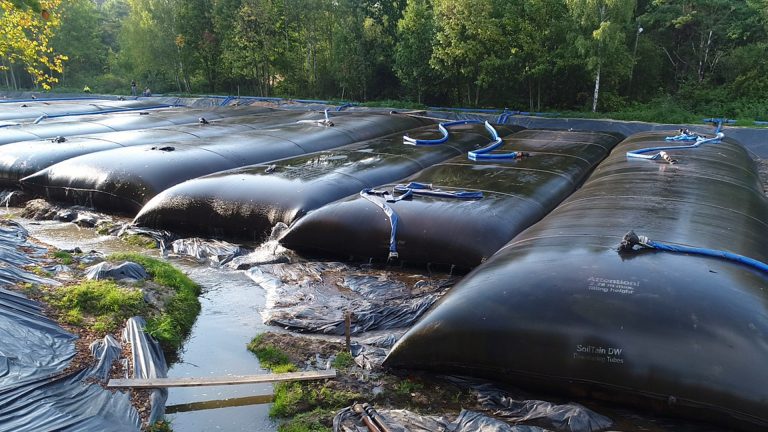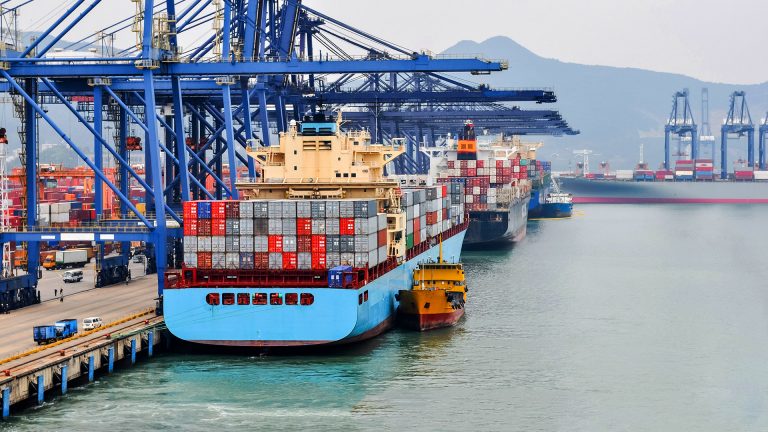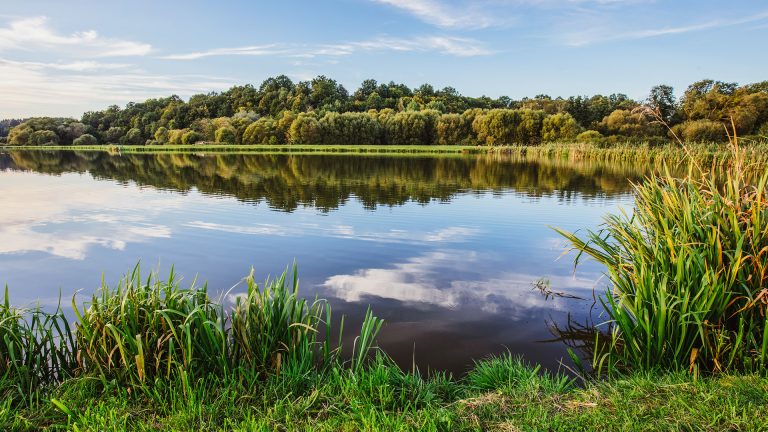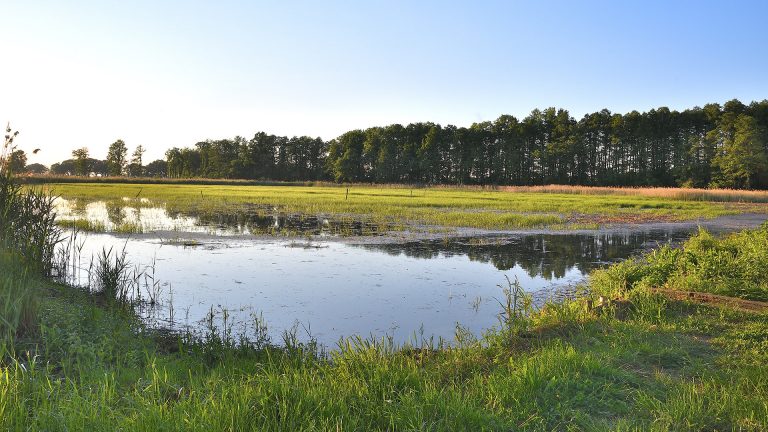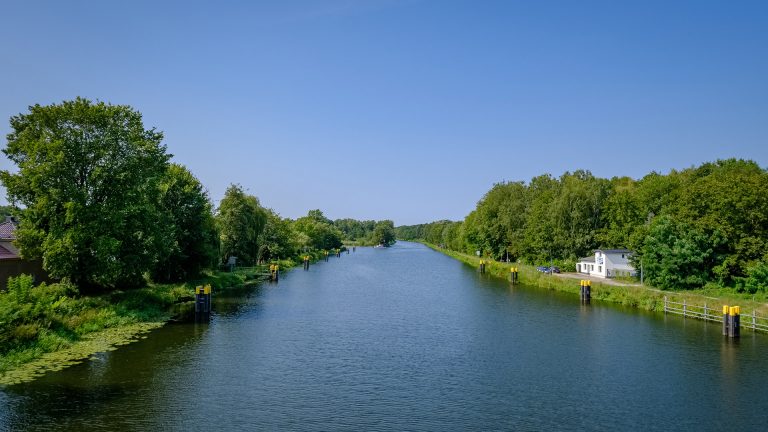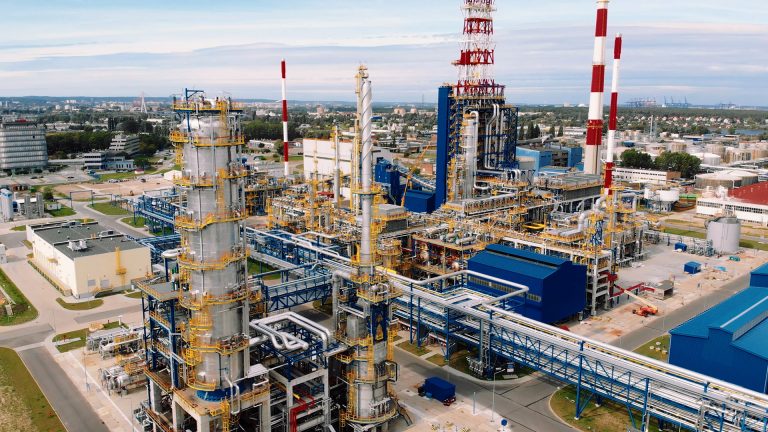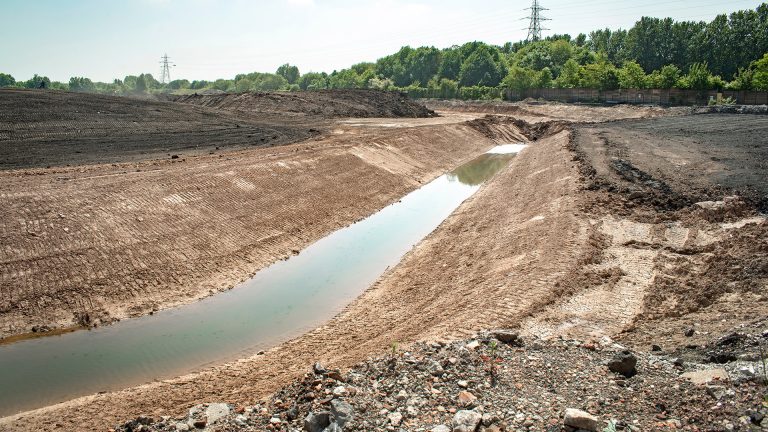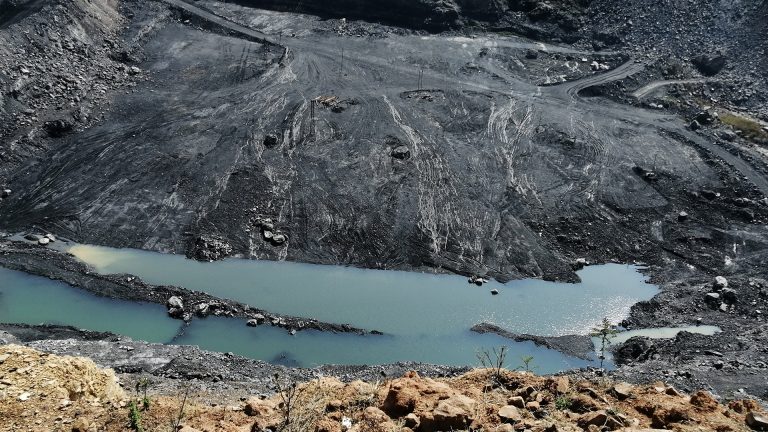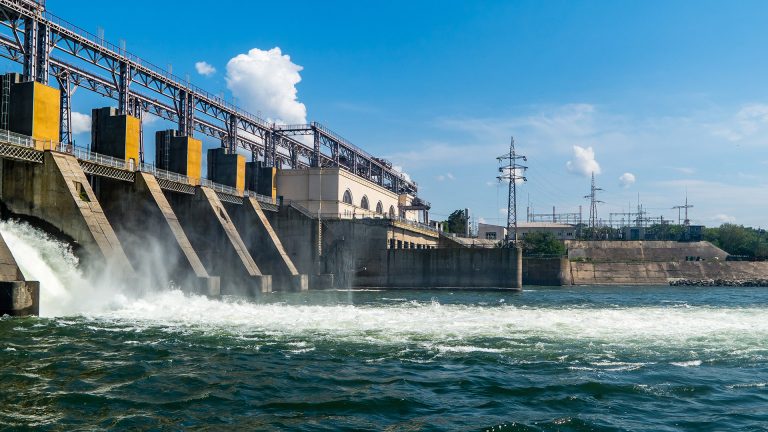
There is a known phenomenon of eutrophication, i.e. fertilization, resulting from too high number of biogenic elements (such as nitrogen or phosphorus) introduced into the water reservoir from human agricultural and industrial activities.
A serious disturbance of the water ecosystem balance leads to a significant growth of microorganisms, including bacteria, cyanobacteria, algae, and thus to the visible effect of water bloom. Sludges accumulate on the bottom of the reservoir and lead to shallowing of its depth.
The sediments collected at the bottom of the reservoir, contain a significant part of compounds that in excess pollute the aquatic environment.
Therefore, one of the necessary actions aimed at cleaning of the water reservoir is the removal of bottom sediments. If extracted with traditional methods, they are highly hydrated, what is the main problem of later development.
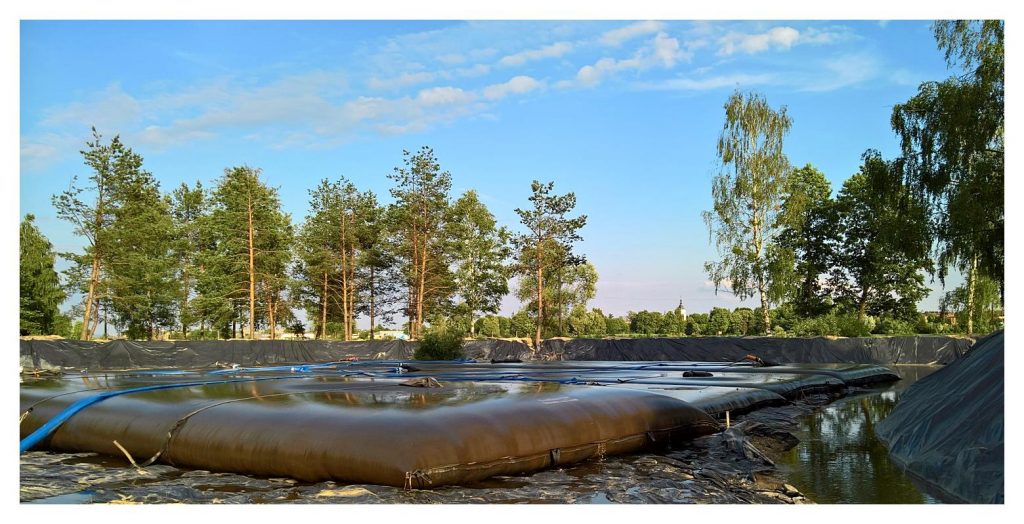
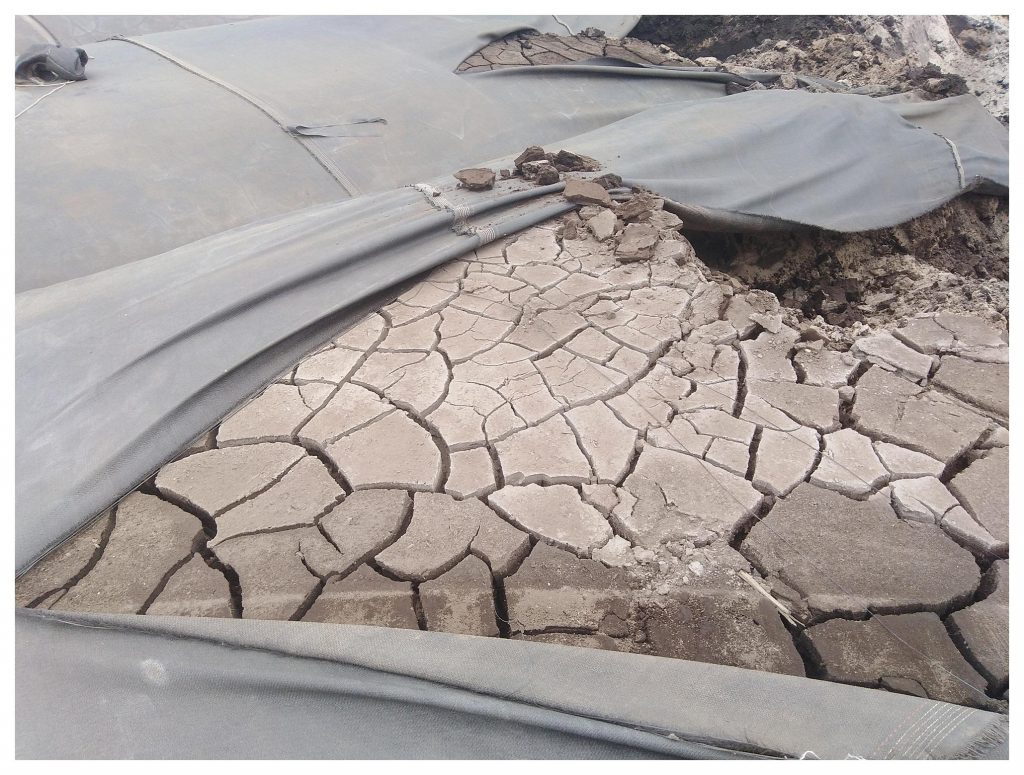
One of the traditional methods for desludging of water tanks, is to completely drain the water from the tank and then introduce heavy equipment into the storage tank area to remove the residual sediments. As a consequence, the tank completely loses its functionality during the process.
The technology of SoilTain® geosynthetic tubes enables the extraction of the residual sediment from the bottom without draining water away from the reservoir, and thus the degradation of the water ecosystem is much lower. Economical aspects are also considered, such as lower transport costs due to the much smaller amount of dewatered sludge to be transported and a significant reduction in the use of heavy equipment.
On the other hand, when comparing the technology of SoilTain® geosynthetic containers to the methods of bucket sludge collection, it is possible to identify a significant acceleration of the task implementation as well as higher efficiency and precision of sludge extraction from the bottom.
The sludge dewatered in the geosynthetic containers is also much less hydrated than the sludge extracted from the bottom and transported on buckets or belts.

